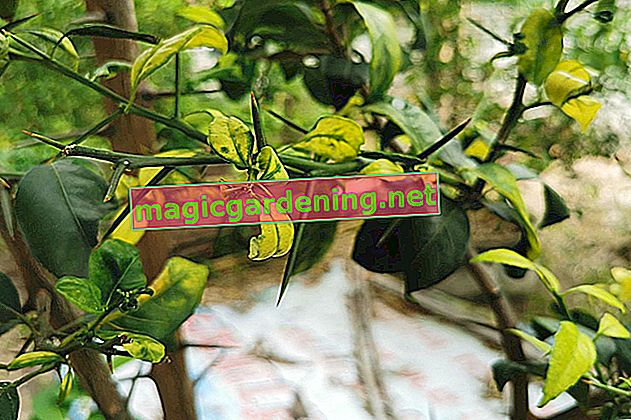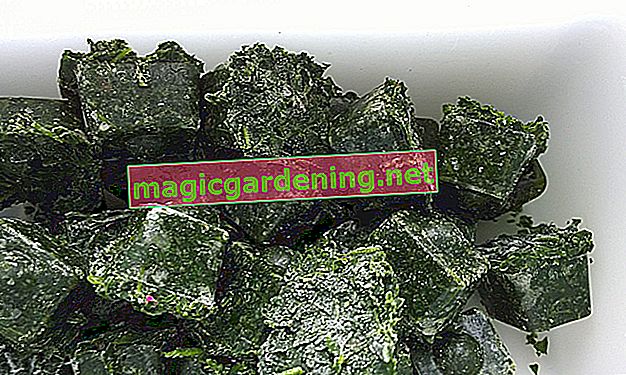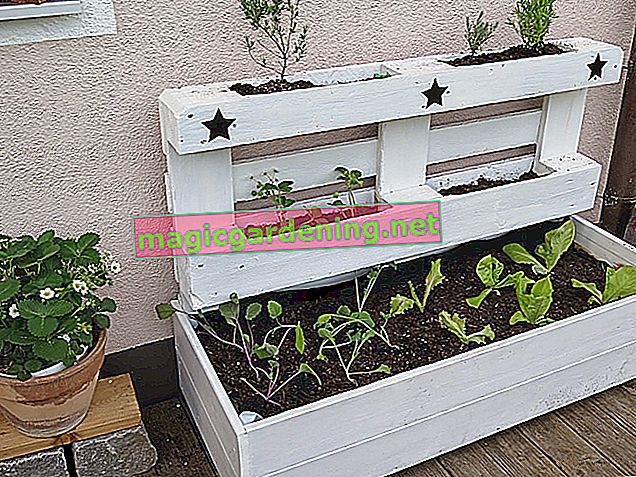
Causes of yellow leaves of the lucky chestnut
- Too dark location
- Ambient temperature too low
- too low humidity
- Waterlogging
- Drafts
- frequent relocation
Keep the Pachira aquatica light and warm
Lucky chestnuts need a location that is as bright and warm as possible. The ambient temperature should be at least 15 degrees. Protect them from drafts.
also read
- When the lucky chestnut loses its leaves
- Prevent brown leaves on the lucky chestnut
- Why is it when ivy gets yellow leaves?
Avoid moving Pachira aquatica frequently as it not only responds to this with yellow leaves, but can even lose many leaves.
Do not keep lucky chestnuts too moist
The greatest enemy of the lucky chestnut is waterlogging. The root ball must never be too moist. Always water with a sense of proportion when the substrate is almost dry. The lucky chestnut can withstand short dry periods without any problems. Do not leave water in the saucer or planter. In winter, reduce the amount of water additionally.
Use lukewarm, stale water that should be free of lime when watering.
Even if the lucky chestnut likes it dry in the root area, the humidity must not be too low. Spray the plants more often with lukewarm water that is not calcareous. This measure also prevents possible infestation by pests such as mealybugs or spider mites.
Tips
In contrast to brown or yellow leaves, brown spots on the leaves of the lucky chestnut are usually an indication of a viral disease. Occasionally pests are also responsible for the stains.








